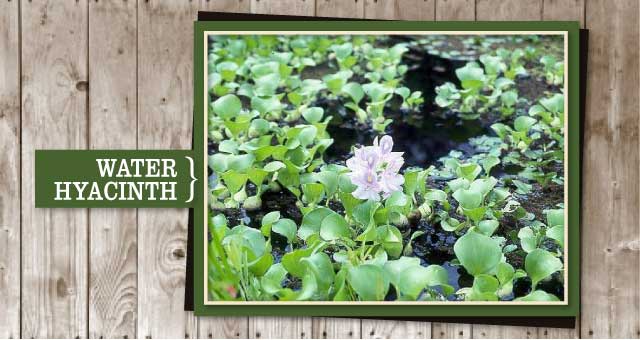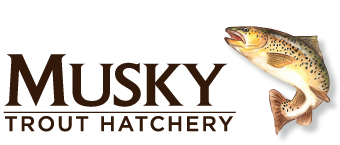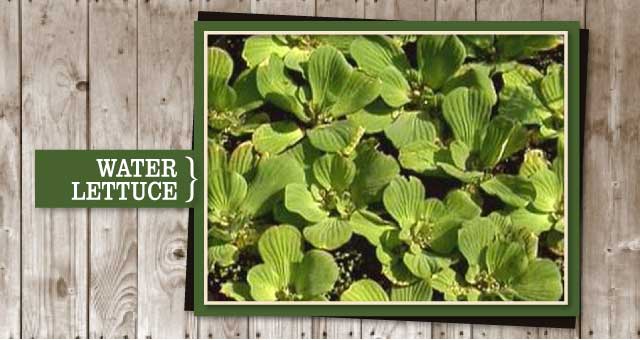WATER HYACINTH

Water hyacinth is a free floating plant, which grows up to three feet in height. It has thick, waxy, rounded, glossy leaves, which rise well above the water surface on stalks. The leaves are broadly ovate to circular, 4 to 8 inches in diameter, with gently incurved sides, often undulate. Leaf veins are dense, numerous, fine and longitudinal. Water hyacinth leaf stalks are bulbous and spongy. Water hyacinth grows an erect thick stalk (to 20 inches long) at the top of which is a single spike of several (8 to 15) showy flowers. The flowers have 6 petals, purplish blue or lavender to pinkish, the upper petals with yellow, blue-bordered central splotches. Water hyacinth reproduces vegetatively by short runner stems (stolons) that radiate from the base of the plant to form daughter plants, and also reproduces by seed. Its roots are purplish black and feathery.

